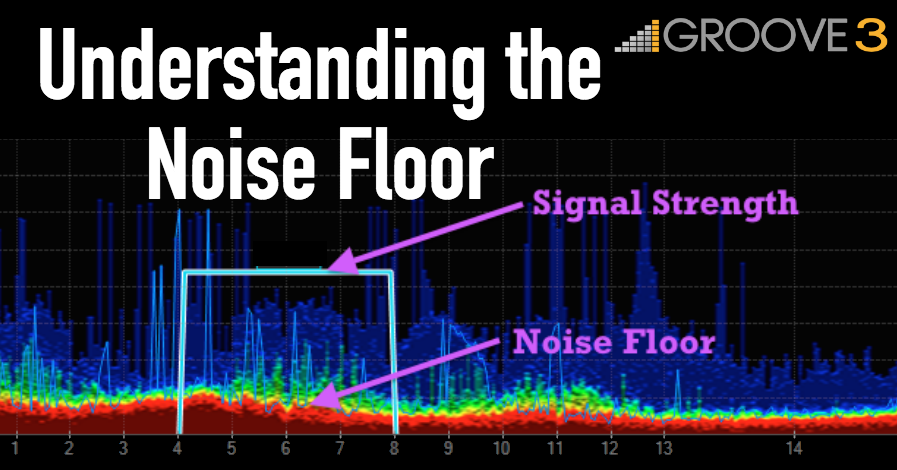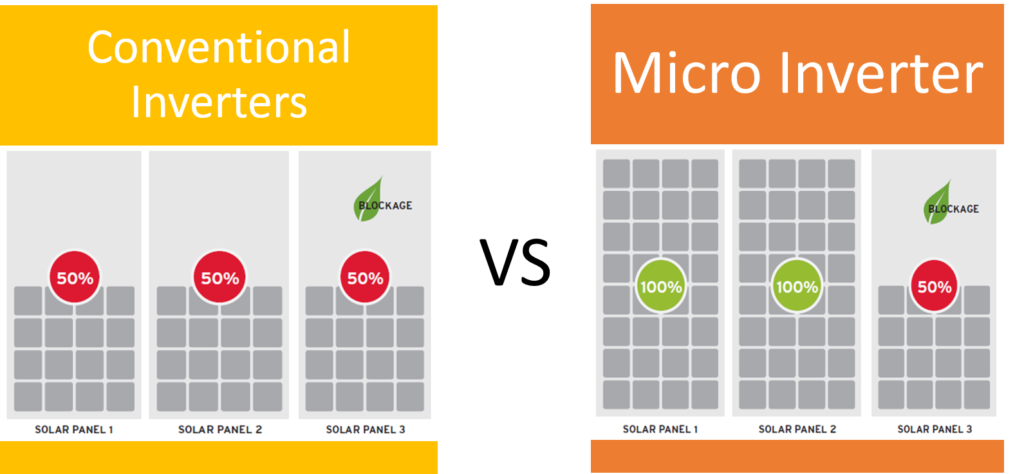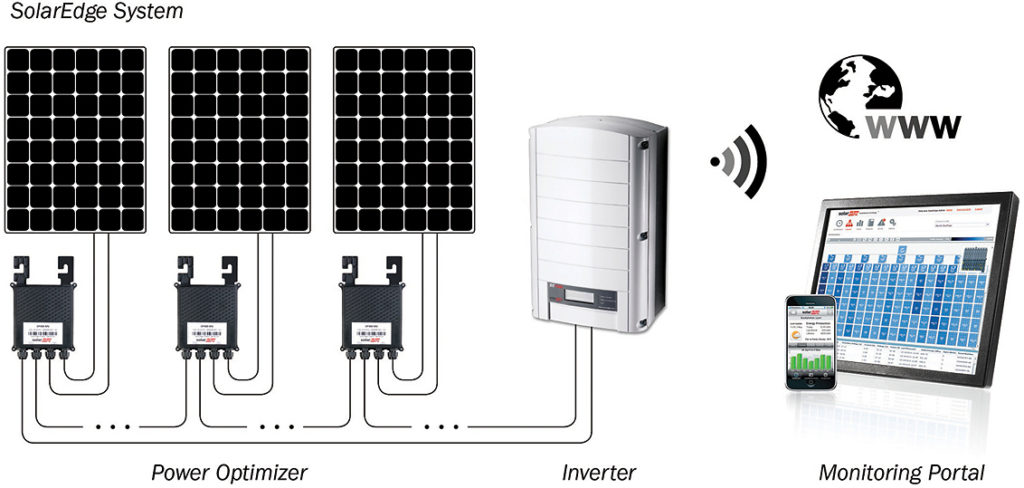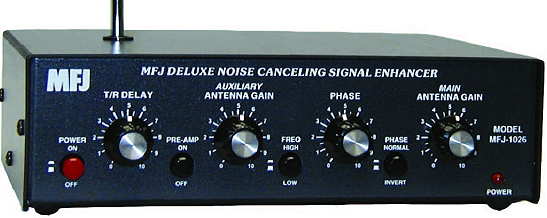
On 05/04/2018 09:27 AM, Robert Bruninga wrote the following comment on the AMSAT BBS Reflector. He mentioned that it was the only mailing list he was subscribed to and wanted to get out this warning that, in his opinion, the end of daytime HF contacts on the ham radio bands may be just around the ham radio corner.
I don’t know about you but when Bob Bruninga WB4APR says something, I tend to listen and give him the benefit of the doubt.
FWIW, I share these comments here so that his thoughts on this subject might be more readily picked up by Uncle Google et al so Bob’s ideas get better coverage.
73 de Robert K3RRR
PS: I don’t know about you but I already have intermittent but significant QRN on 2m that too often interfere with my satellite contacts. My intuition tells me the same problem that Bob talks about is only going to exacerbate satellite reception also…
—————————————
“I don’t want to be an alarmist, but we need the Hams with the proper knowledge to get involved in this disturbing news.
“The National Electric Code now requires electronics on every module of a solar array communicating via signaling on the DC power lines to assure EACH pair of panels can shut down independently. This is to make all possible faults never allow more than 80 volts anywhere in the system. This is effective 1 Jan 2019.

“This is the nail in the coffin of simple DC series string arrays which are the quietest systems and almost demands or optimizers on every panel. Refer to the QST article a few years ago about how disastrous optimizers are to RFI and HF operations with modules all over the roof…
“Here is the Solar news:
“Also, what is going to happen to an array that has signaling all over it in the near field of HF?
“Although you can avoid it by going solar before then, you may have problems when your neighbors go later.
“I hate to be an alarmist but we all know what happens when ham radio and commercial systems are incompatible and even though Ham radio might be in the right, we are only 1 in 600 and no one is going to side with us.
“We took on broadband over power and squelched that dumb idea, but now this has the potential for equal demise of Ham radio. It should be fixable, but we also know that there is high competition in the solar market and the modules that are made the cheapest will be popular and will likely not be adequately filtered.
“Sorry for posting to the AMSAT-bb but it is the only HAM email reflector I subscribe to.
“If nothing else, we need to find out what systems are terrible emitters and nip them in the bud. Maybe all it takes is driving by solar systems you see and turning on your AM radio on a weak signal channel and seeing if the background noise peaks near that home. But also it has individual peaks, so it might also be nice to tune around too find the max and then check the range. I find the noise can go hundreds of feet along the power lines….
“You can’t miss ‘em… just sounds like a 60 Hz buzz on all the harmonics of the inverter switching frequency.”
Bob WB4APR




